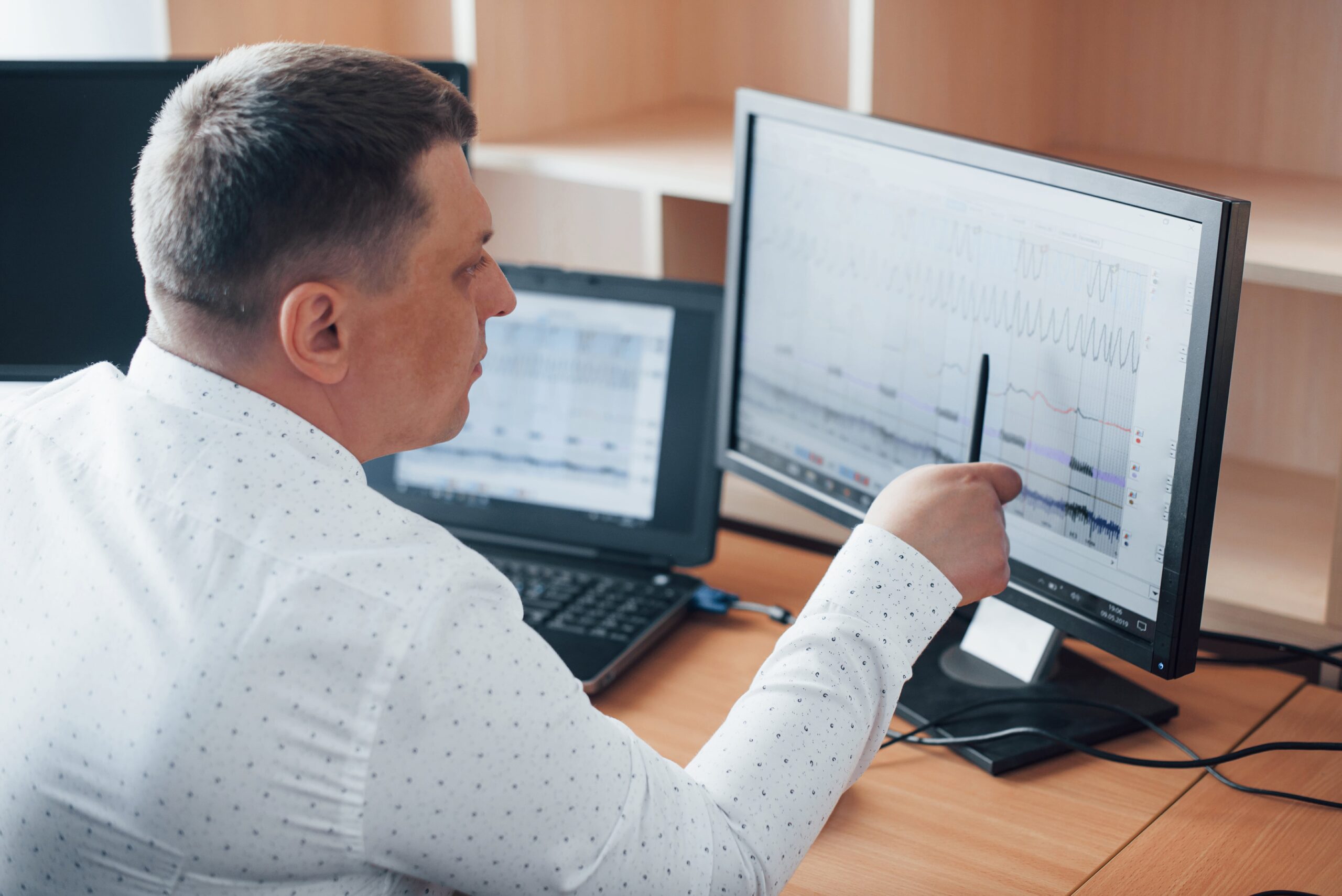In just a few years, the healthcare industry has changed in many ways. One of the biggest changes is how patients are now supported from a distance.
These tools allow healthcare providers to track their patients’ health from a distance, using devices like wearables, health apps, and home-based tracking systems.
As more people face long-term health conditions and healthcare systems deal with limited staff and growing patient numbers, digital health monitoring solutions are helping fill the gap.
In this blog, we’ll understand why remote patient monitoring is important in today’s healthcare ecosystem. Let’s get into it!
How Does Remote Patient Monitoring Work?
Remote patient monitoring, or RPM, uses technology to track patients’ health data outside the traditional healthcare setting, like hospitals or clinics. This includes various common tools like:
- Wearable devices like smart health watches, fitness trackers, and glucose meters, etc., that track heart rate, activity, and sleep.
- Blood pressure monitors and blood sugar meters.
- Mobile apps that send health updates to doctors.
- Home sensors that check breathing or movement.
The data is directly sent to healthcare providers, who can then check the patient’s condition in real time and securely. If something seems unusual, the provider can contact the patient immediately or suggest changes or treatment.
These technologies are now being widely used to improve care, reduce costs, and make it easier for patients to get the help they need.
Why are Remote Monitoring Solutions Essential in Today’s Healthcare System?
In the United States, nearly half of the adults (48.1%) have high blood pressure, and 7.7% of people live with asthma. These conditions can often lead to serious health issues if not managed properly.
Conditions like high blood pressure, asthma, heart disease, and more often require close tracking, but not every case needs a hospital visit. RPM is the best way to support patients who have such chronic health conditions and need immediate attention.
As a result, RPM is playing an important role in healthcare by offering the following benefits:
1. Better Patient Care and Results
With remote patient support, doctors and nurses can check the patient’s vitals, such as high blood pressure, heart rate, and oxygen levels, without requiring the patient to visit a clinic.
This flow of data helps in detecting early warning signs of any complications, such as a sudden rise in blood pressure or irregular heartbeats. These issues can be treated early to avoid hospital readmissions.
2. Easier Access and Better Comfort
For patients who face difficulty reaching medical facilities, due to distance, age, or mobility issues, remote monitoring offers a practical solution.
It allows them to share health data from home, reducing the need for frequent travel. This approach also supports care at home for recovery, bringing medical supervision to the patient instead of the other way around.
3. Lower and Better Use of Resources
With rising costs and overcrowded hospitals, remote monitoring offers great relief. It helps patients recover at home after surgeries or chronic illness flare-ups, reducing the need for in-person check-ups and freeing up staff time. Providers can also bill for these services through official codes.
4. Create Safe Space for Patients
Remote monitoring is reshaping care by turning homes into safe care spaces for older adults who once relied heavily on clinics. Simple devices now do what used to require hospital visits, tracking vital signs, alerting caregivers, and keeping doctors informed.
In areas with limited medical staff, this shift is closing long-standing gaps in access, prompting governments to fund remote care as a core part of national health planning.
Final Words
Remote monitoring solutions are no longer just a future idea; they are now an important part of everyday healthcare. As we continue to move forward, these solutions will create a healthcare system that is safer, efficient, and accessible for everyone.
